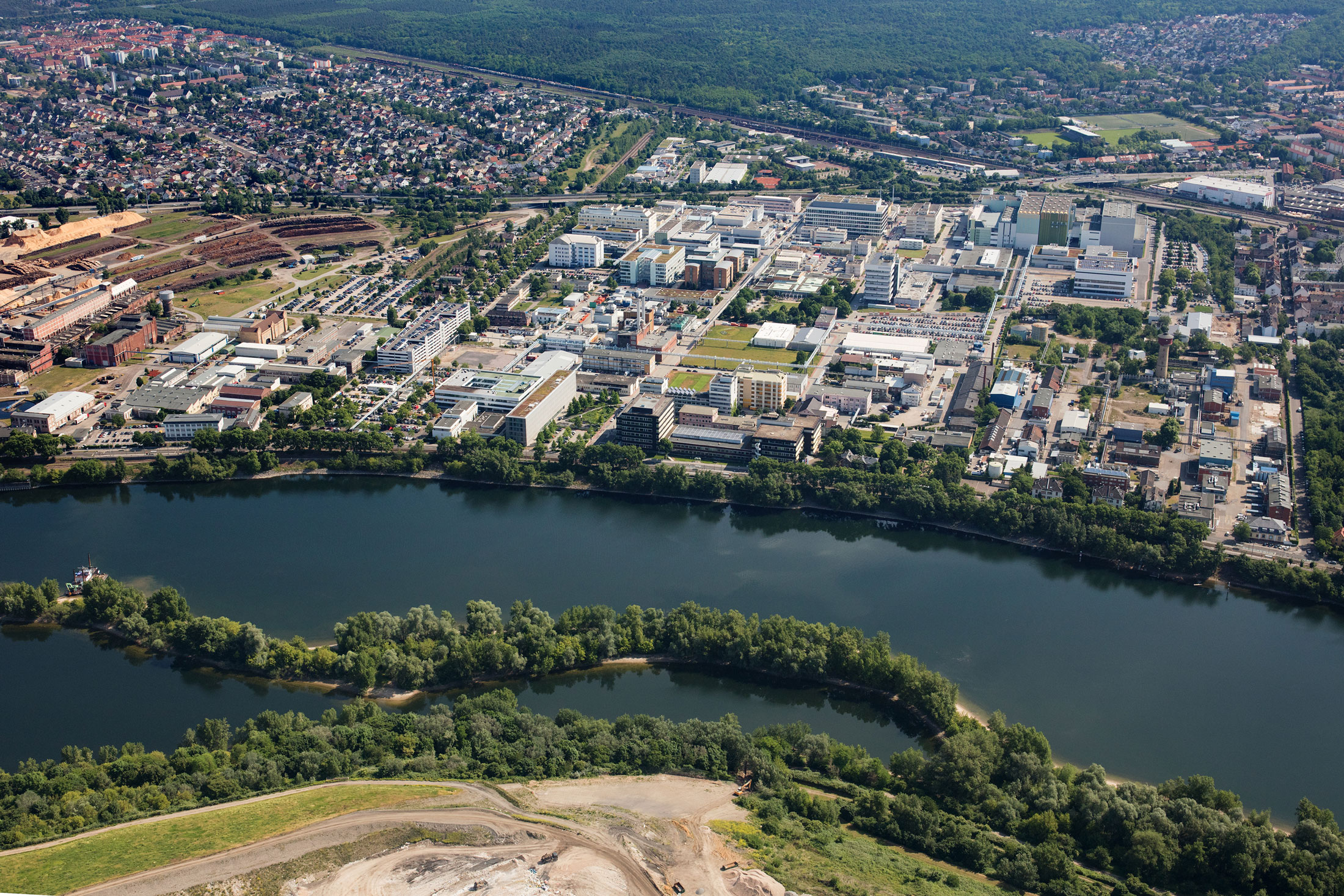
Responding to the environment
Geographic conditions, climate, and ecology are major factors that influence the design, so it is in consonance with its surroundings.
Down“Always design a thing by considering it in its larger context: a chair in a room, a room in a house, a house in an environment, an environment in a city plan.”Eero Saarinen - Architect
Collaborate with nature, value the site’s natural features
Understanding the landscape and the site’s context is essential to take advantage of the existing natural resources. Site and spatial analysis are necessary for deciding on the position and orientation of the building and for planning its exterior spaces, so the ensemble is in consonance with its surroundings.
During the planning phase:
- Adapt to existing topography and climate and maintain natural drainage.
- Identify previous land uses and existing urban relationships.
- Consider existing accesses, pedestrian junctions, and passages.
- Situate the location of the building, as well as its envelope, in response to orientation and climate factors.
- Acknowledge the specific values of the territory to design spaces that match the character of the area.
- Note any natural, urban, or architectural elements that are limiting or offer good design opportunities.
Create comfortable micro-climates
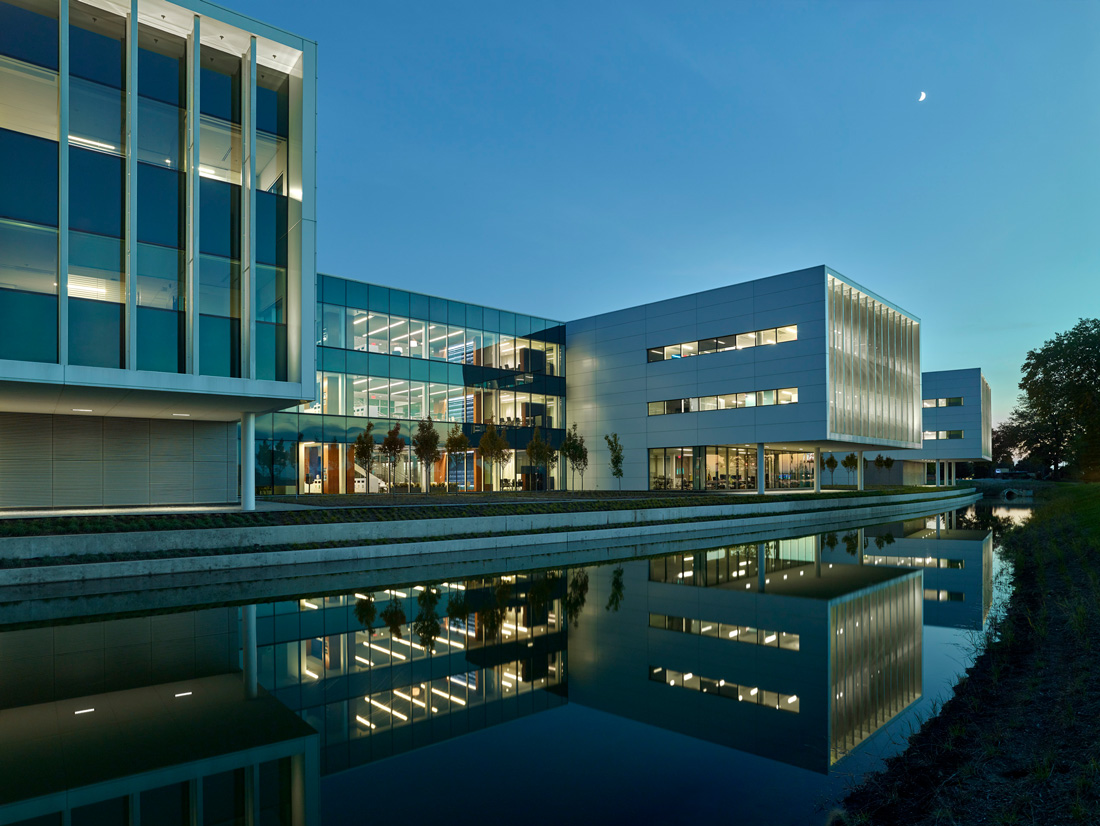
How to respond to environmental factors:
- Light-coloured pavement reduces the “heat island effect.”
- Water features can have a cooling effect in warmer climates but should be used sparingly, especially in draught-prone areas.
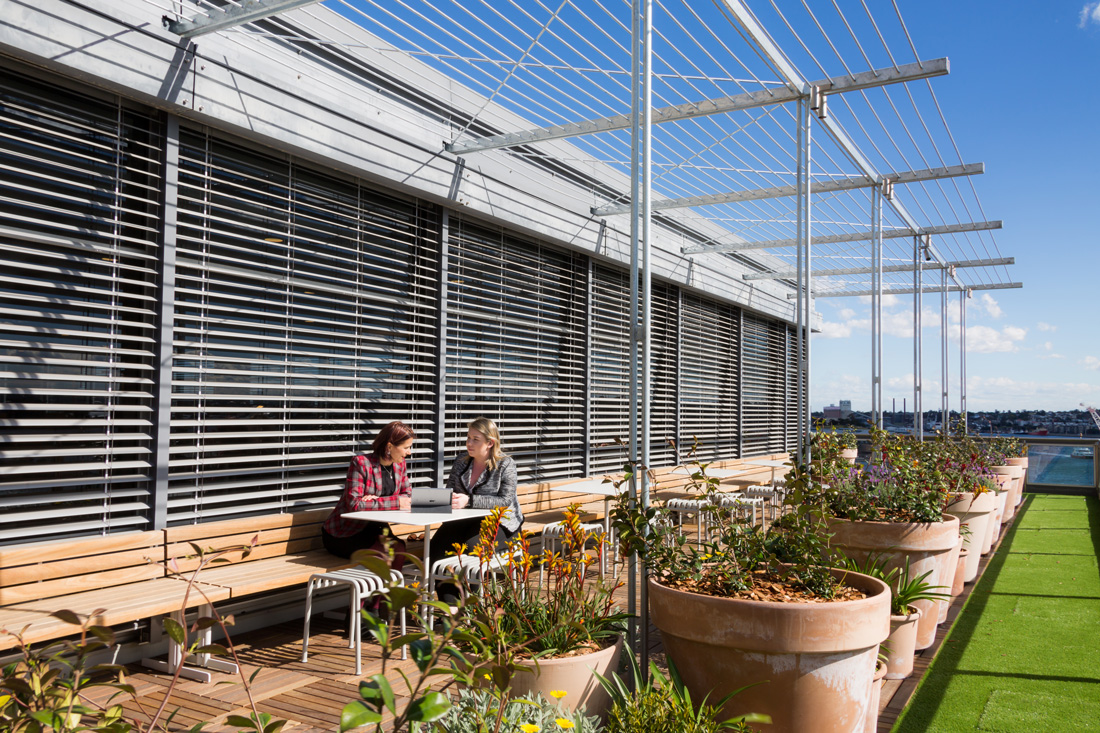
- Provide shaded areas by means of canopies or trees to cover exterior seating areas.
- Moveable furniture allows people to find individual comfort zones.
Acknowledge key view-sheds
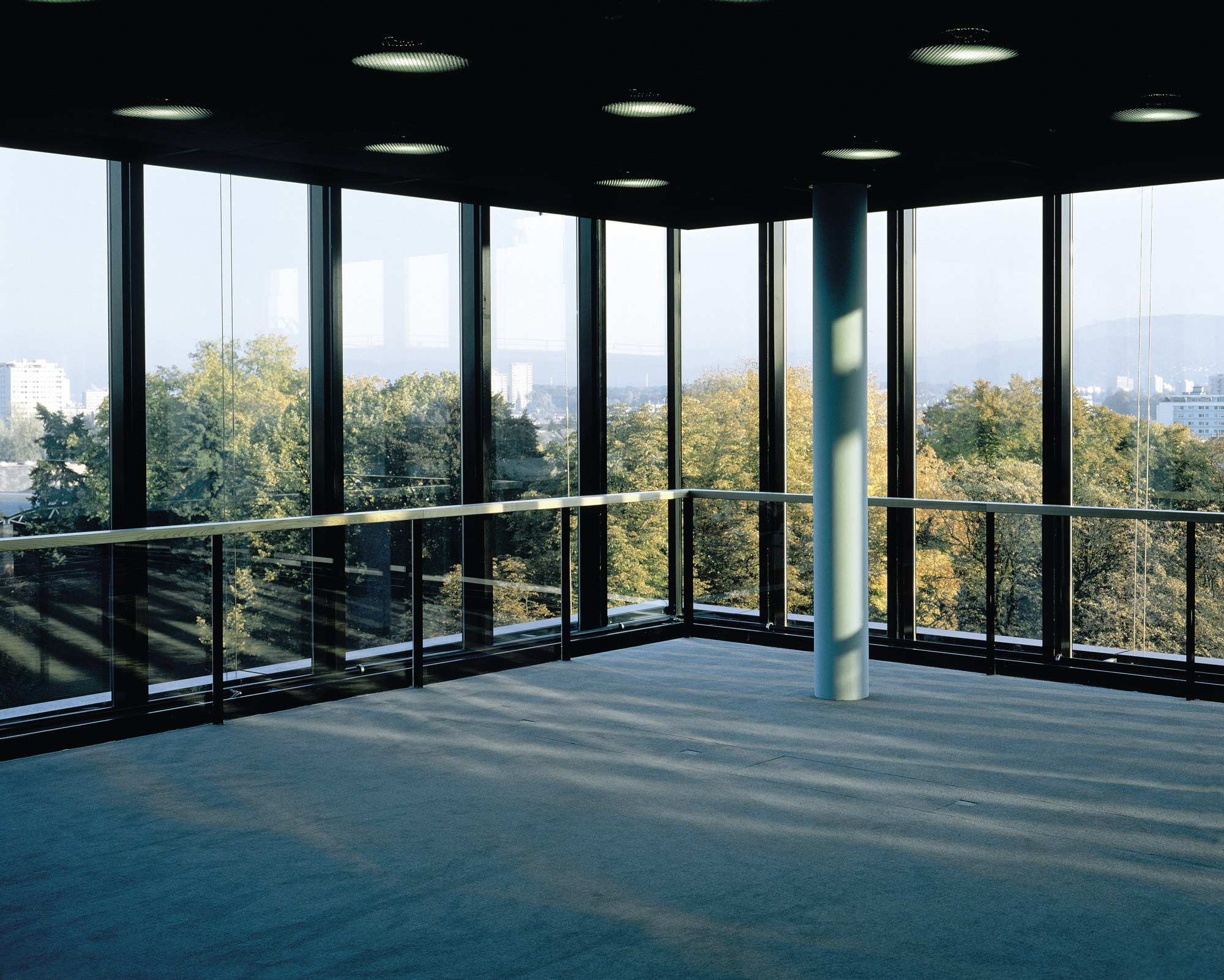
Significant cultural or natural elements beyond the site should be acknowledged by ensuring unobstructed views.
Fill in the blanks
Areas slated for future development should be integrated into the overall exterior design as interim or temporary landscapes. These areas can be used in a variety of ways and should not appear as leftover or vacant. In most cases, they should be incorporated as natural areas that require few resources to maintain.
Below are examples of interim landscapes that are low maintenance:
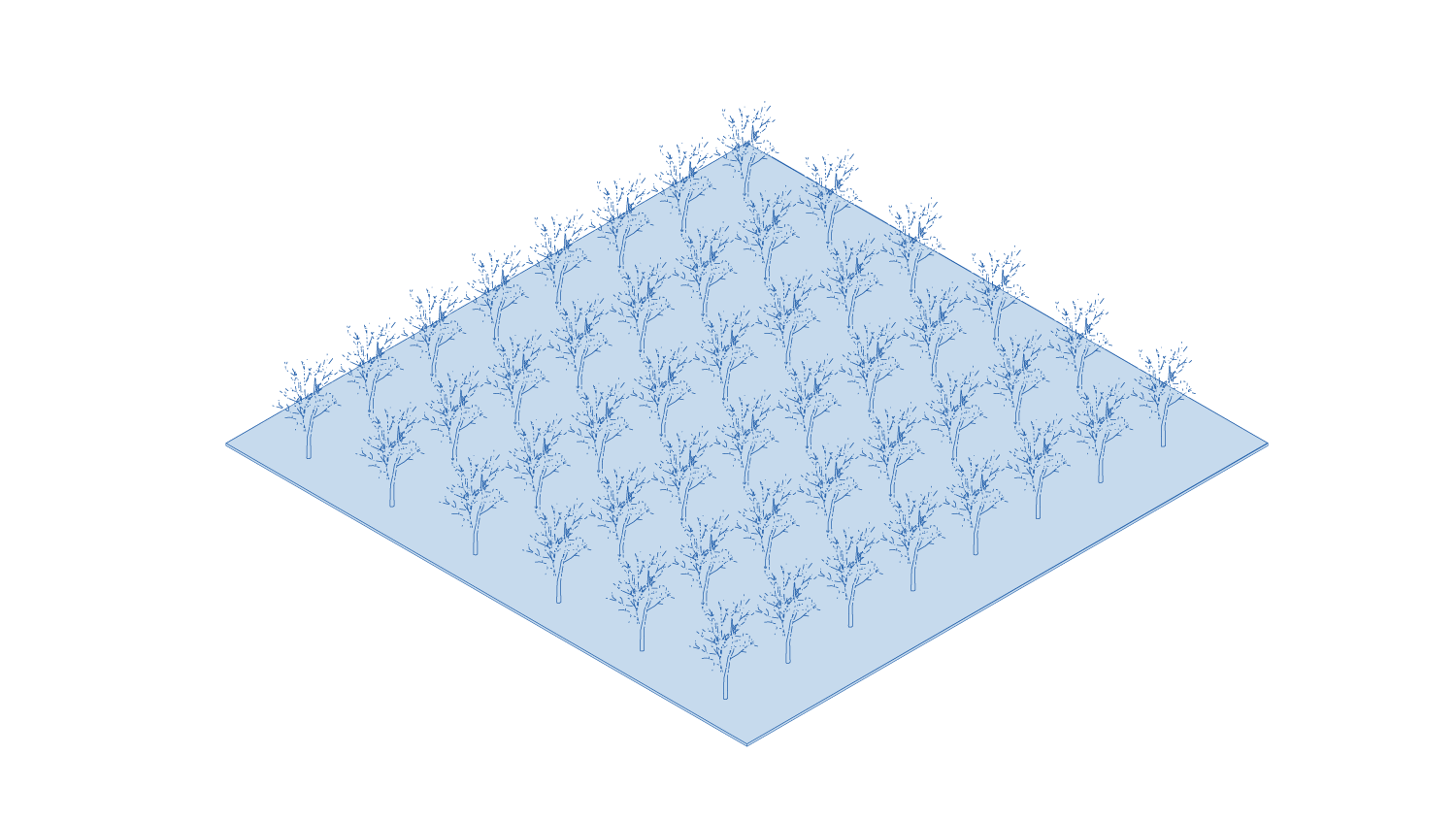
Plant a grid of trees

Create a topographic landscape
Key to Responding to the environment
- Maintain harmony with the surrounding environment.
- Work with the existing topography and respect natural water drainage.
- Create comfortable micro-climates.
- Provide temporary landscaping for future development plots.